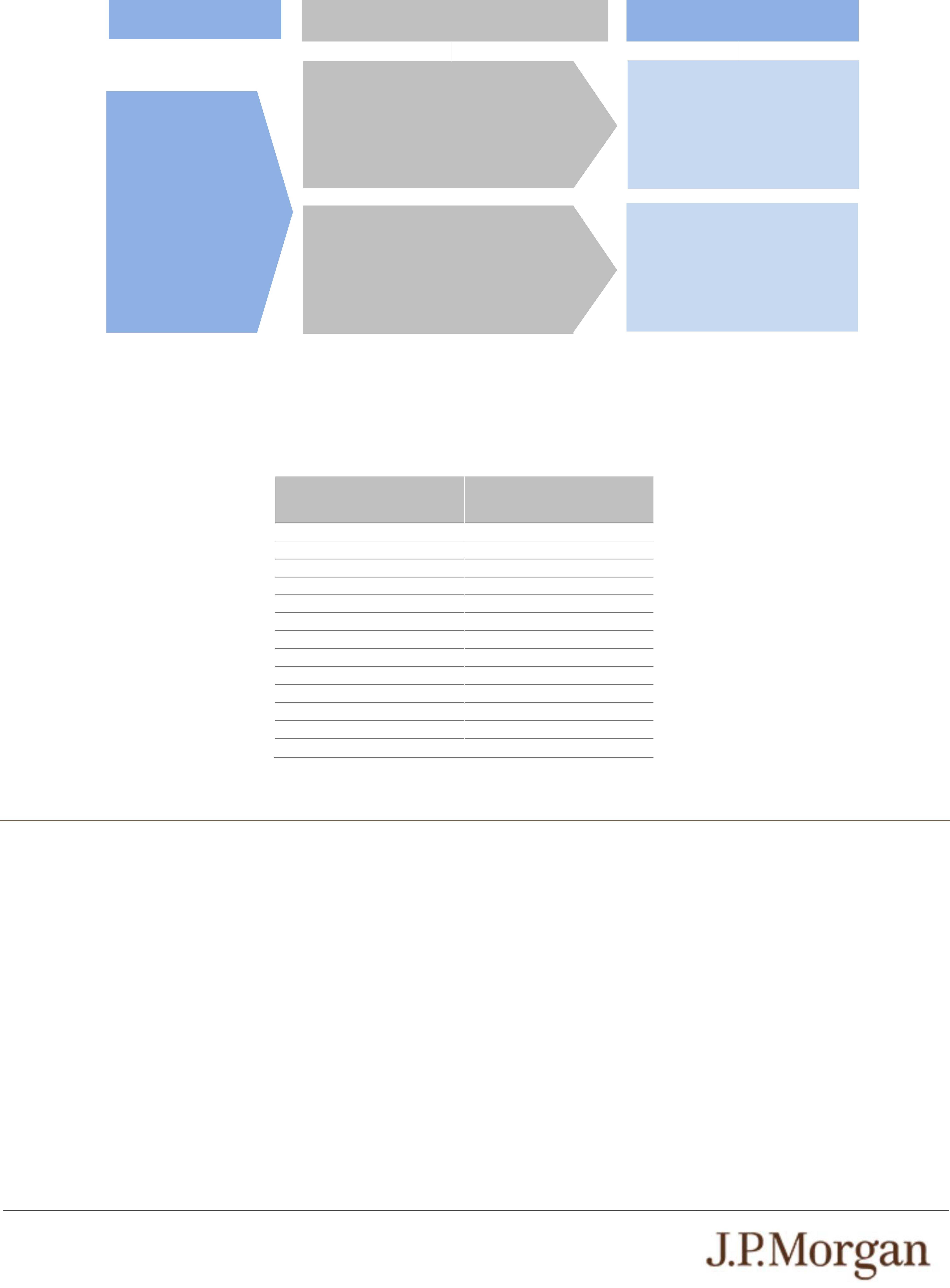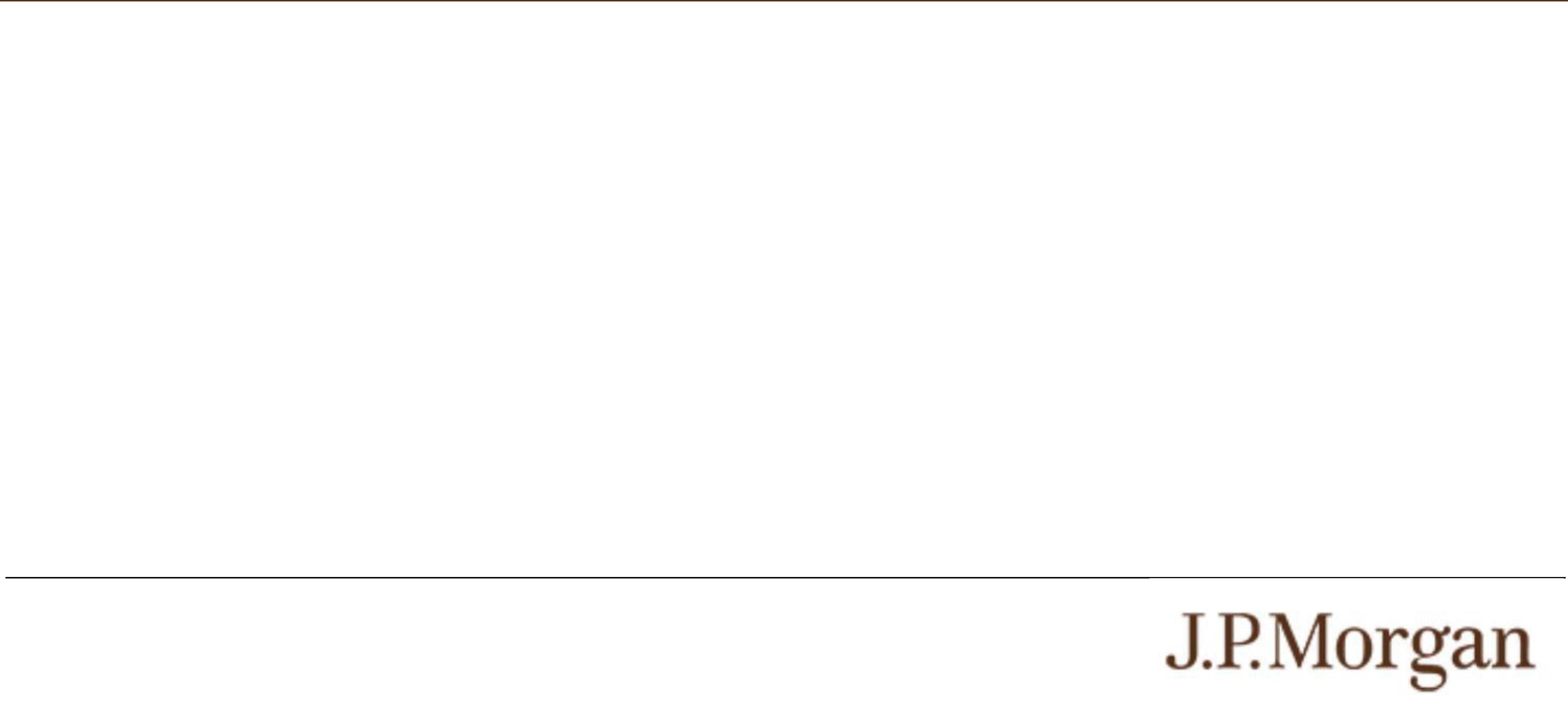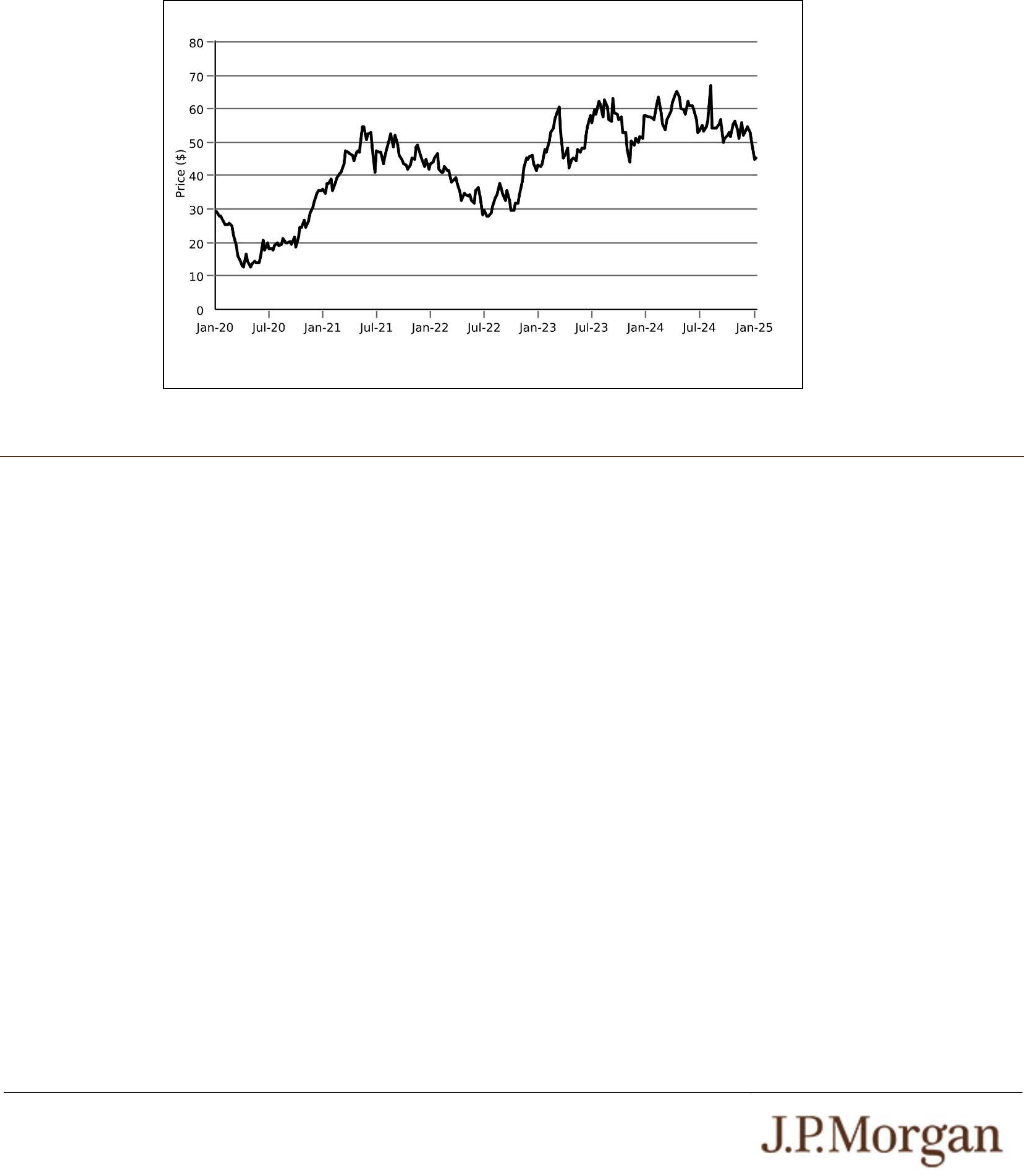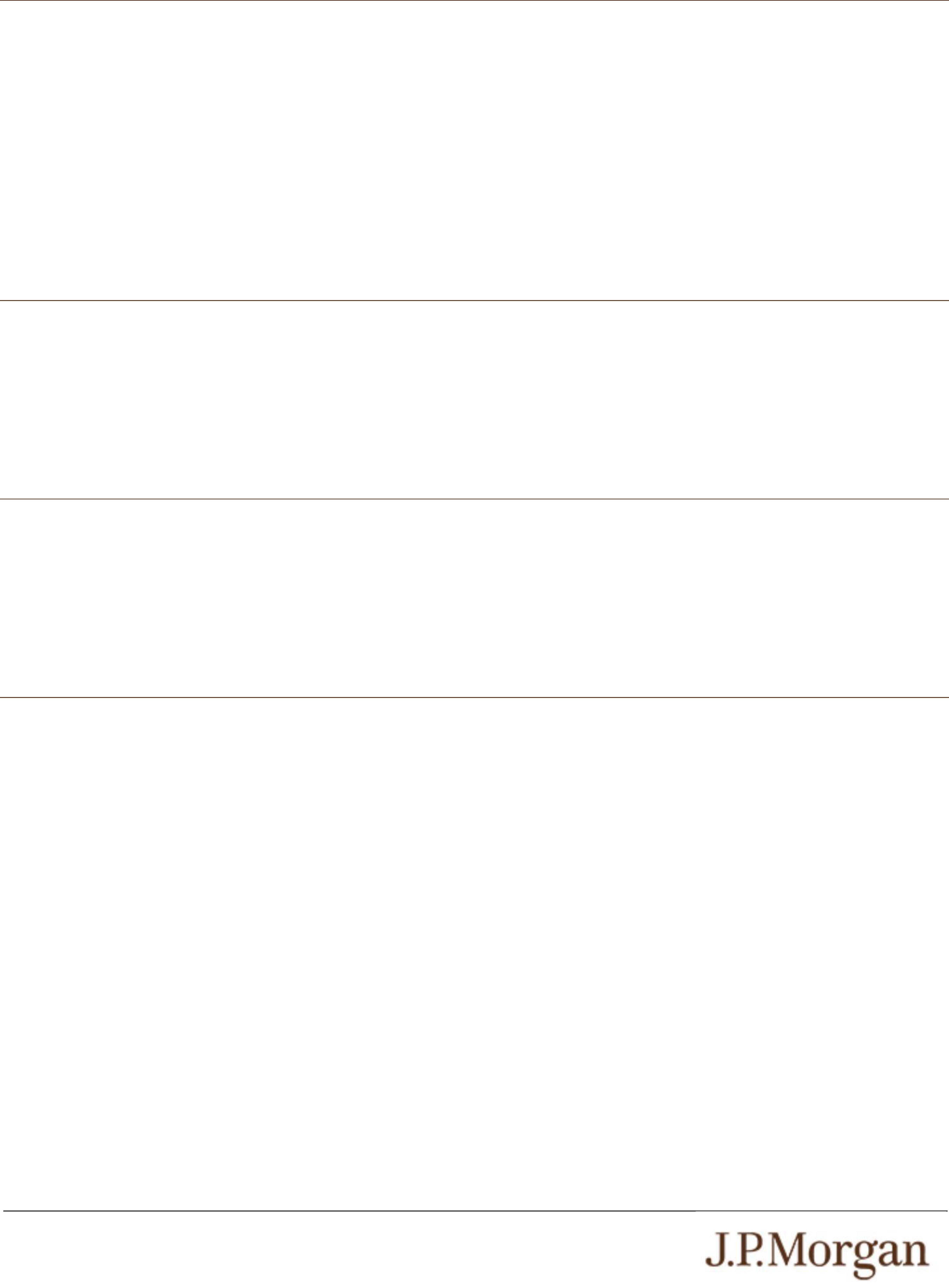● THE FINAL TERMS AND VALUATION OF THE NOTES WILL BE PROVIDED IN THE PRICING SUPPLEMENT —
You should consider your potential investment in the notes based on the minimums for the estimated value of the notes and the
Contingent Interest Rate.
● THE ESTIMATED VALUE OF THE NOTES WILL BE LOWER THAN THE ORIGINAL ISSUE PRICE (PRICE TO PUBLIC) OF
THE NOTES —
The estimated value of the notes is only an estimate determined by reference to several factors. The original issue price of the
notes will exceed the estimated value of the notes because costs associated with selling, structuring and hedging the notes are
included in the original issue price of the notes. These costs include the selling commissions, if any, the projected profits, if any,
that our affiliates expect to realize for assuming risks inherent in hedging our obligations under the notes and the estimated cost of
hedging our obligations under the notes. See “The Estimated Value of the Notes” in this pricing supplement.
● THE ESTIMATED VALUE OF THE NOTES DOES NOT REPRESENT FUTURE VALUES OF THE NOTES AND MAY DIFFER
FROM OTHERS’ ESTIMATES —
See “The Estimated Value of the Notes” in this pricing supplement.
● THE ESTIMATED VALUE OF THE NOTES IS DERIVED BY REFERENCE TO AN INTERNAL FUNDING RATE —
The internal funding rate used in the determination of the estimated value of the notes may differ from the market-implied funding
rate for vanilla fixed income instruments of a similar maturity issued by JPMorgan Chase & Co. or its affiliates. Any difference may
be based on, among other things, our and our affiliates’ view of the funding value of the notes as well as the higher issuance,
operational and ongoing liability management costs of the notes in comparison to those costs for the conventional fixed income
instruments of JPMorgan Chase & Co. This internal funding rate is based on certain market inputs and assumptions, which may
prove to be incorrect, and is intended to approximate the prevailing market replacement funding rate for the notes. The use of an
internal funding rate and any potential changes to that rate may have an adverse effect on the terms of the notes and any
secondary market prices of the notes. See “The Estimated Value of the Notes” in this pricing supplement.
● THE VALUE OF THE NOTES AS PUBLISHED BY JPMS (AND WHICH MAY BE REFLECTED ON CUSTOMER ACCOUNT
STATEMENTS) MAY BE HIGHER THAN THE THEN-CURRENT ESTIMATED VALUE OF THE NOTES FOR A LIMITED TIME
PERIOD —
We generally expect that some of the costs included in the original issue price of the notes will be partially paid back to you in
connection with any repurchases of your notes by JPMS in an amount that will decline to zero over an initial predetermined period.
See “Secondary Market Prices of the Notes” in this pricing supplement for additional information relating to this initial period.
Accordingly, the estimated value of your notes during this initial period may be lower than the value of the notes as published by
JPMS (and which may be shown on your customer account statements).
● SECONDARY MARKET PRICES OF THE NOTES WILL LIKELY BE LOWER THAN THE ORIGINAL ISSUE PRICE OF THE
NOTES —
Any secondary market prices of the notes will likely be lower than the original issue price of the notes because, among other
things, secondary market prices take into account our internal secondary market funding rates for structured debt issuances and,
also, because secondary market prices may exclude selling commissions, if any, projected hedging profits, if any, and estimated
hedging costs that are included in the original issue price of the notes. As a result, the price, if any, at which JPMS will be willing to
buy the notes from you in secondary market transactions, if at all, is likely to be lower than the original issue price. Any sale by you
prior to the Maturity Date could result in a substantial loss to you.
● SECONDARY MARKET PRICES OF THE NOTES WILL BE IMPACTED BY MANY ECONOMIC AND MARKET FACTORS —
The secondary market price of the notes during their term will be impacted by a number of economic and market factors, which
may either offset or magnify each other, aside from the selling commissions, if any, projected hedging profits, if any, estimated
hedging costs and the price of one share of the Reference Stock. Additionally, independent pricing vendors and/or third party
broker-dealers may publish a price for the notes, which may also be reflected on customer account statements. This price may be
different (higher or lower) than the price of the notes, if any, at which JPMS may be willing to purchase your notes in the secondary
market. See “Risk Factors — Risks Relating to the Estimated Value and Secondary Market Prices of the Notes — Secondary
market prices of the notes will be impacted by many economic and market factors” in the accompanying product supplement.
The Reference Stock
All information contained herein on the Reference Stock and on Terex is derived from publicly available sources, without independent
verification. According to its publicly available filings with the SEC, Terex Corporation is a manufacturer of materials processing
machinery and aerial work platforms. The common stock of Terex, par value $0.01 per share (Bloomberg ticker: TEX), is registered
under the Securities Exchange Act of 1934, as amended, which we refer to as the Exchange Act, and is listed on the New York Stock
Exchange, which we refer to as the relevant exchange for purposes of Terex in the accompanying product supplement. Information
provided to or filed with the SEC by Terex pursuant to the Exchange Act can be located by reference to the SEC file number 001-
10702, and can be accessed through www.sec.gov. We do not make any representation that these publicly available documents are
accurate or complete.










